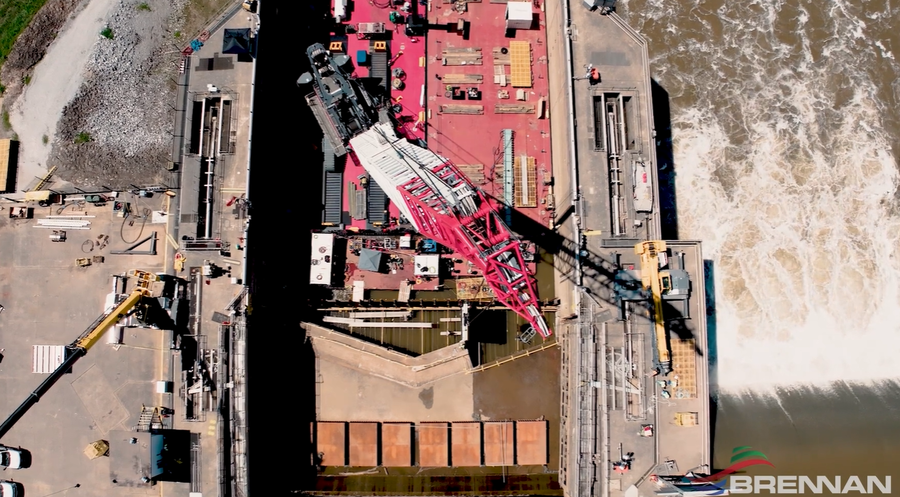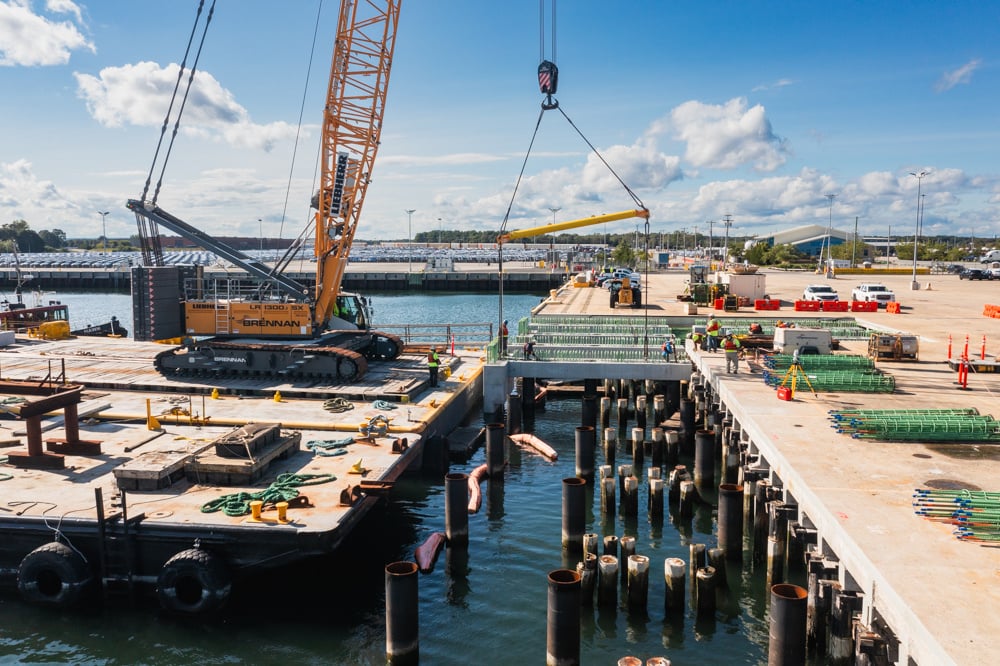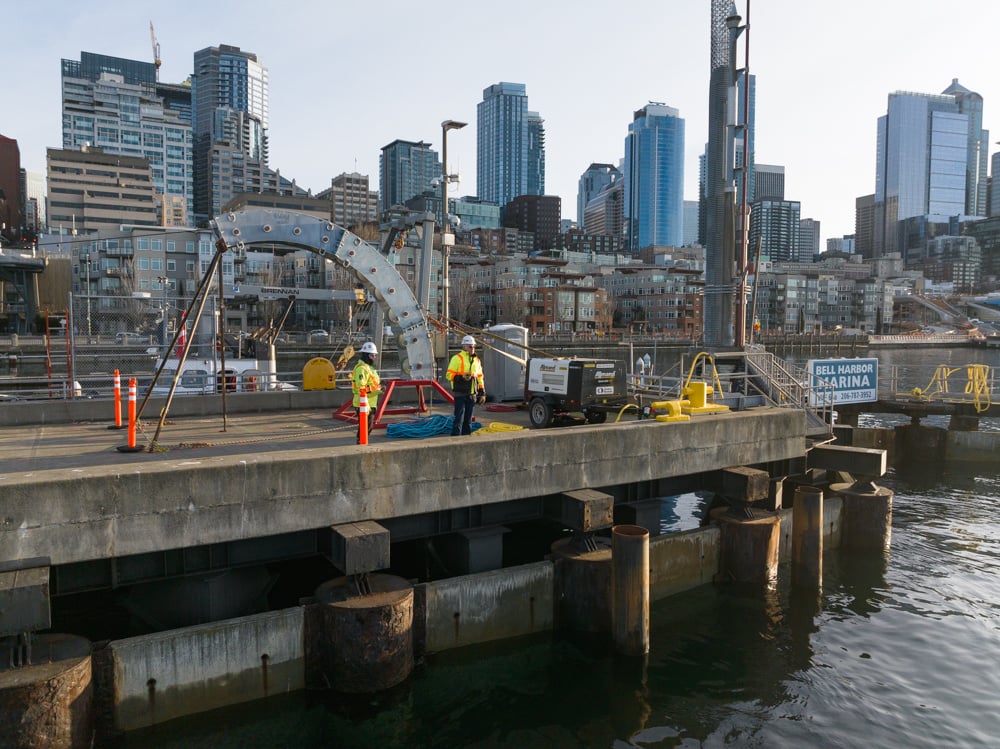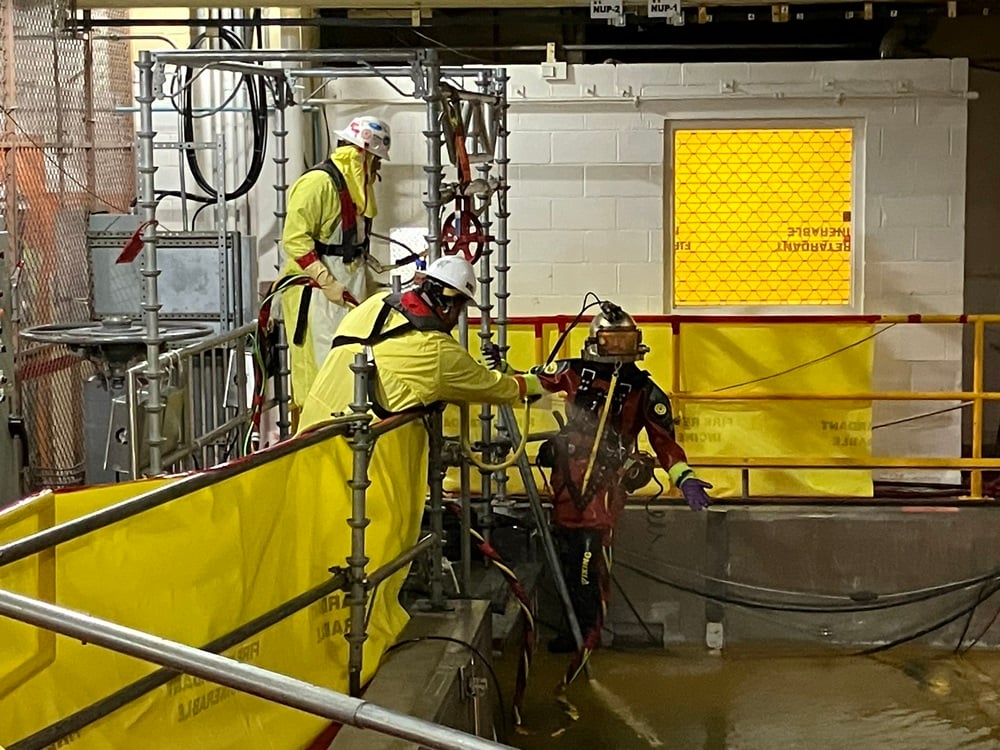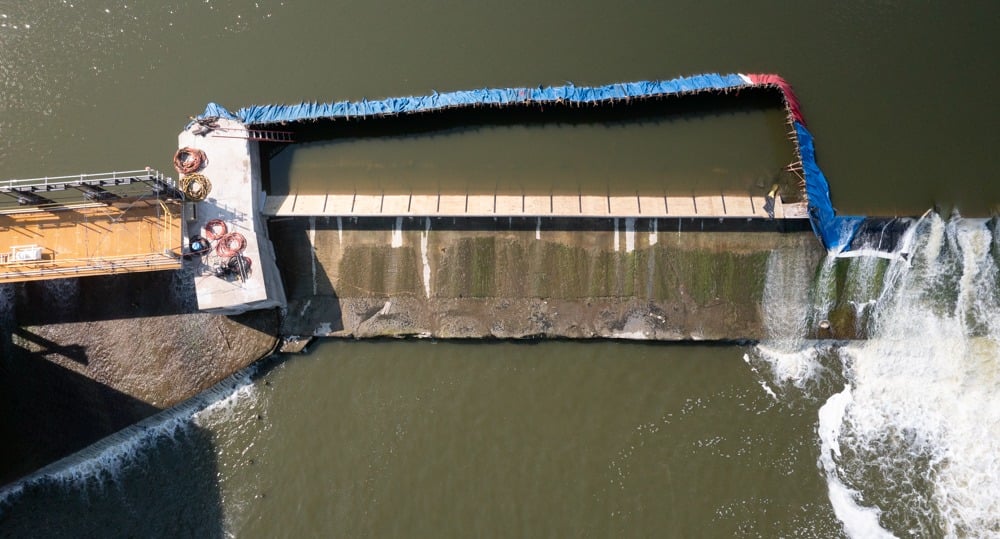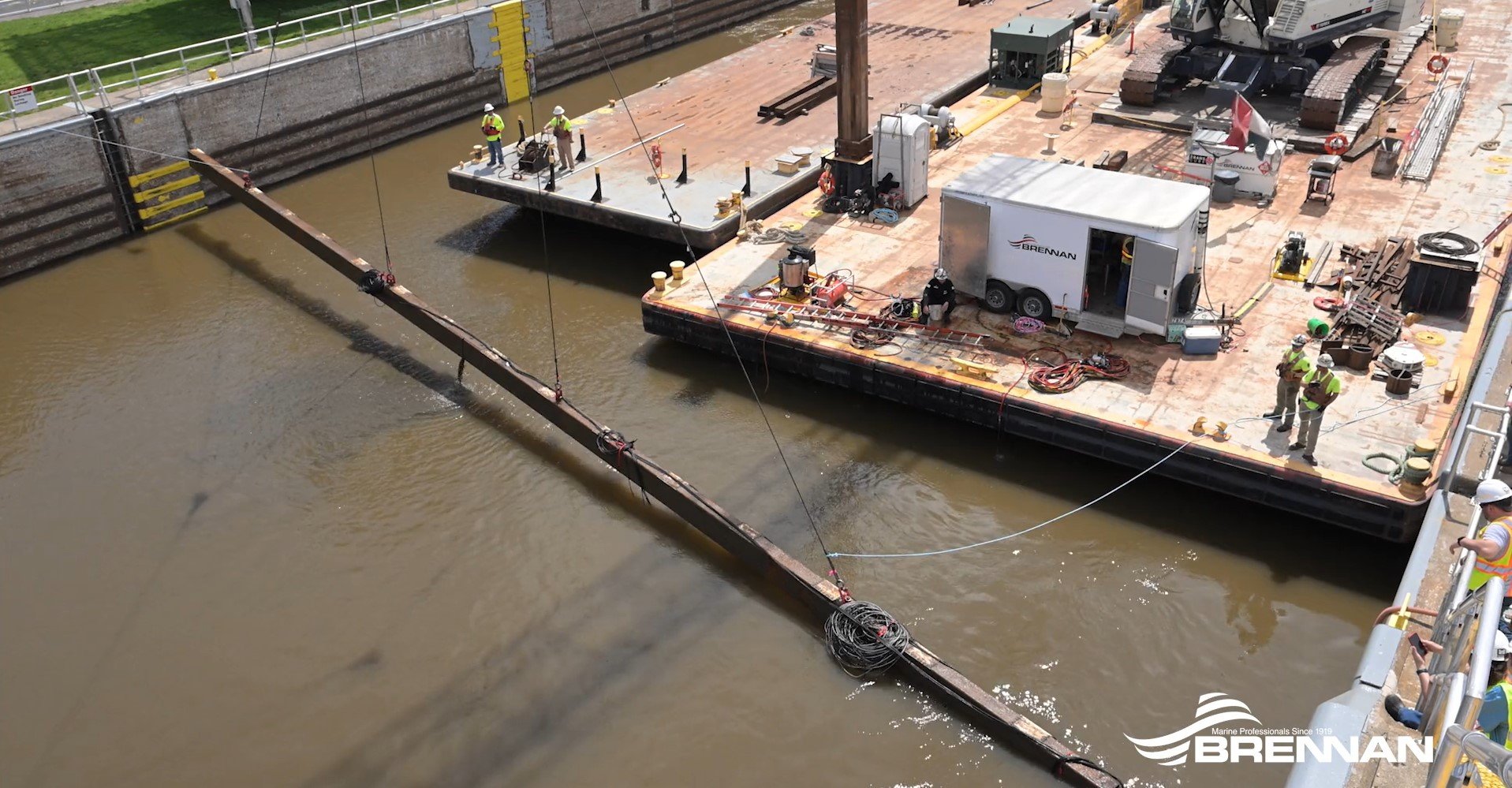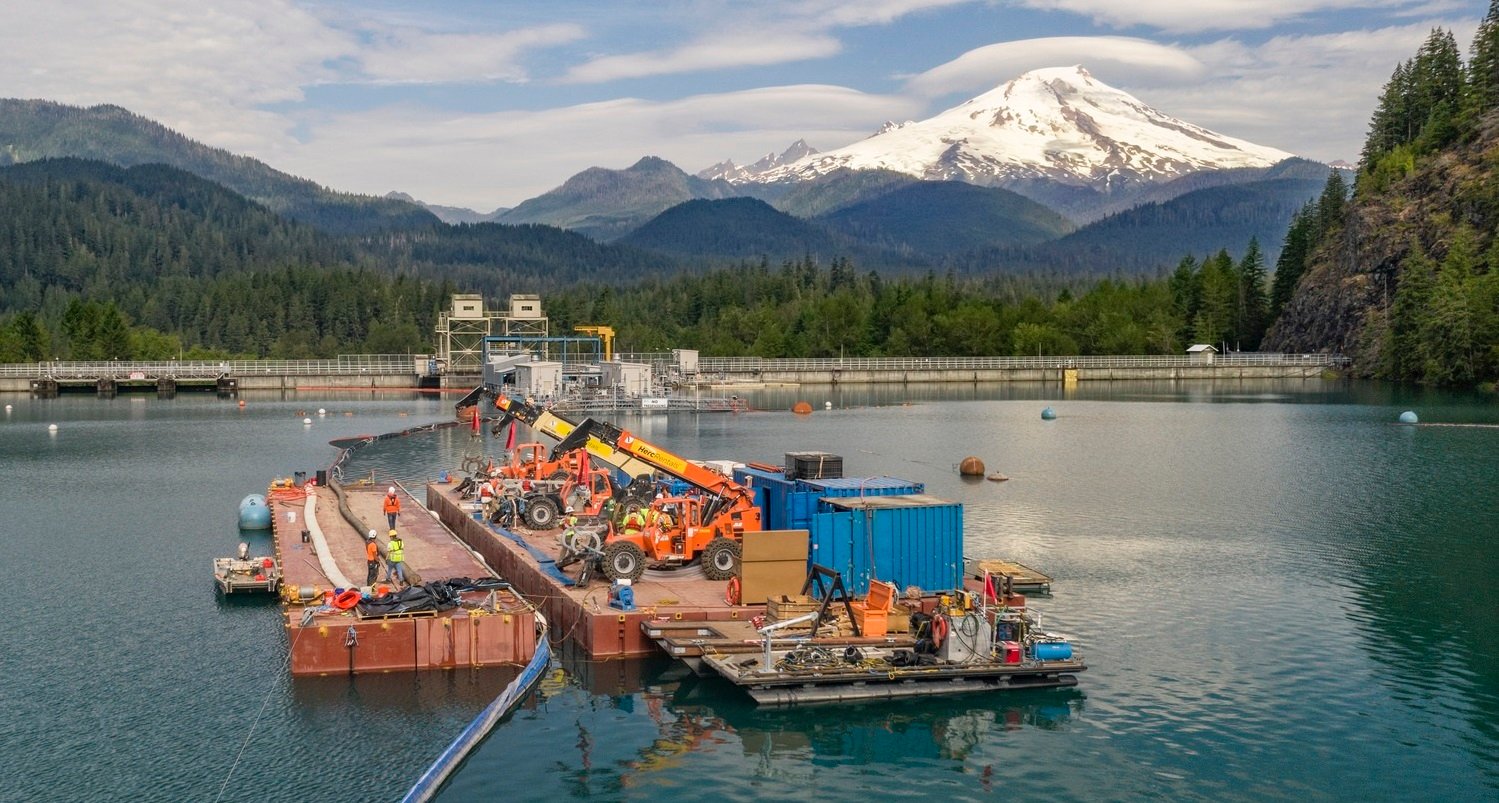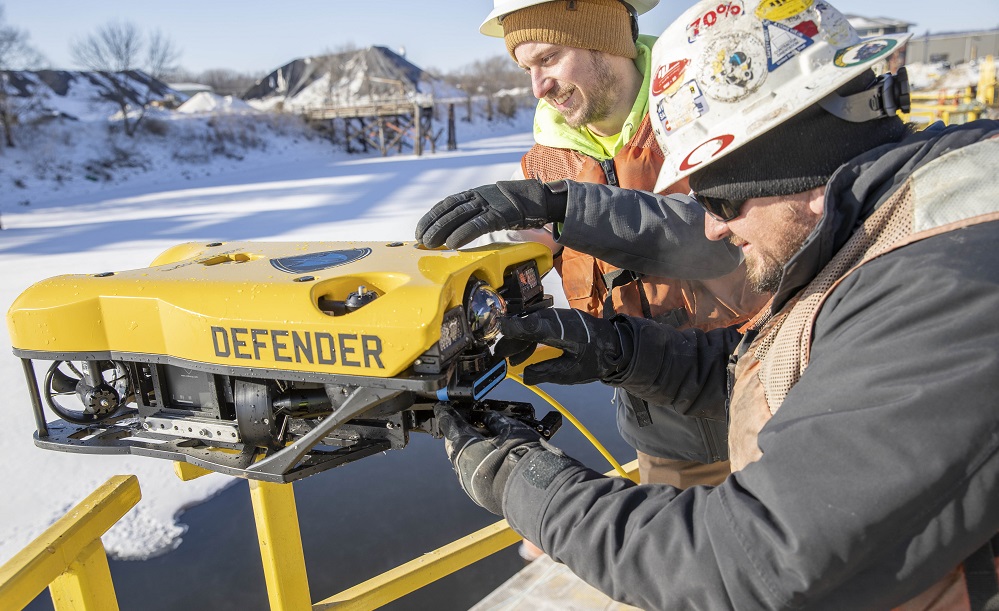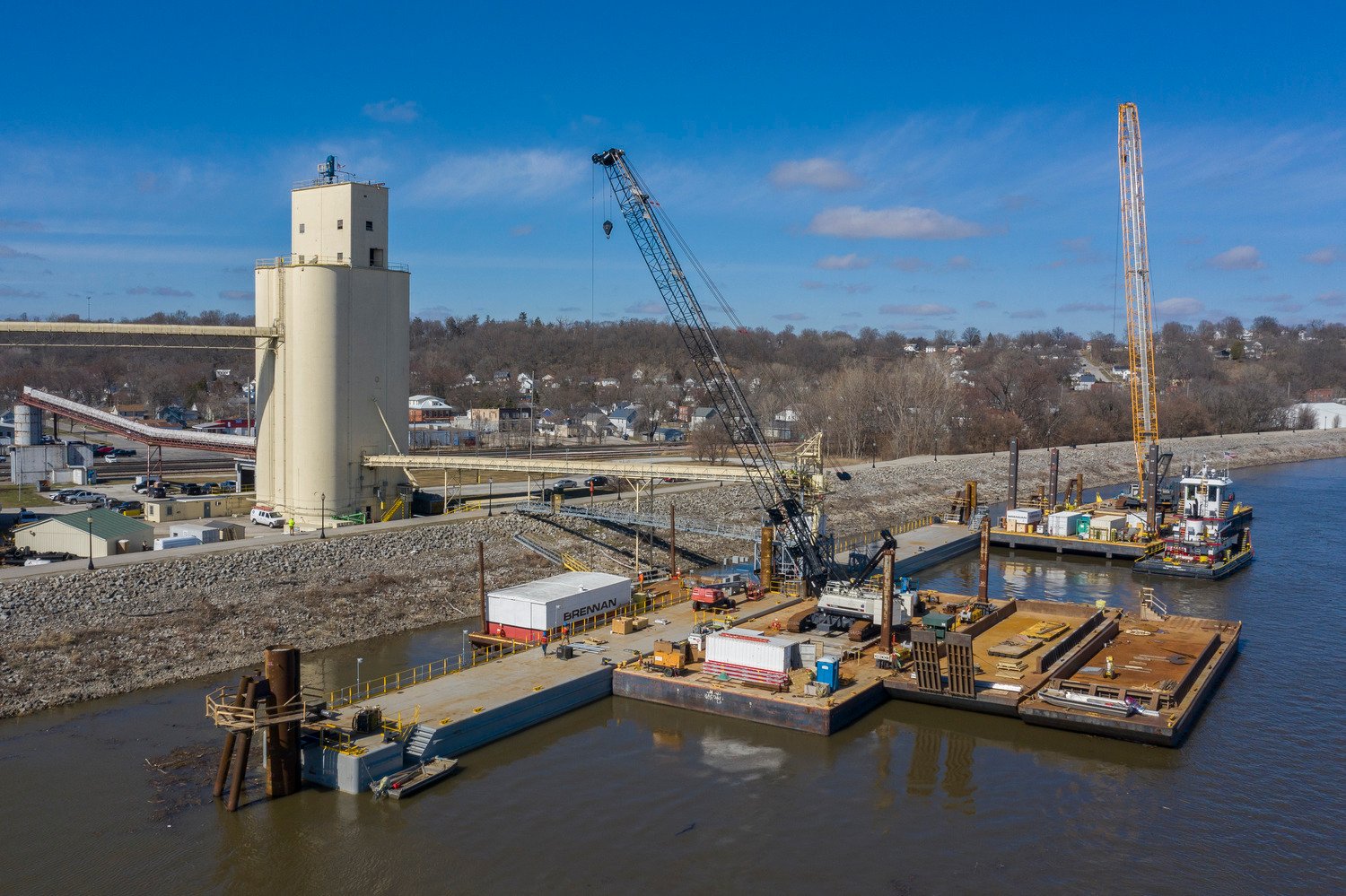The Port of Davisville, located in North Kingstown, Rhode Island, has a rich history as a former Naval Air Station dating back to World War II. The Quonset Development Corporation (QDC), responsible for overseeing port operations, is undertaking a major project to rehabilitate Pier 1. Originally built during the 1940s, the pier has served its purpose for decades but now requires significant updates to support ongoing port activity.
J.F. Brennan Company (Brennan) was selected as the prime contractor for the project, tasked with carefully demolishing and reconstructing portions of the pier. “The overall objective is to allow the Port of Davisville to berth an additional car carrier on the south berth of Pier 1,” said Brennan Senior Project Manager Alex Baittinger. “The improvements we’re making will extend the life of this pier easily into the 2070s.”

%20Completed%20Concrete%20Form-104.jpg)
